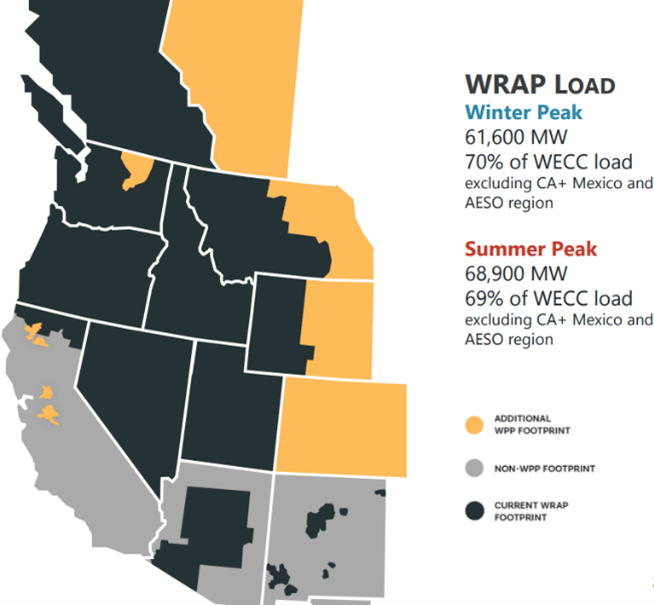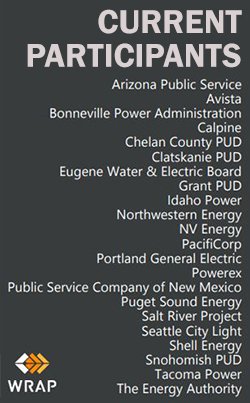Western Resource Adequacy Program Update
- July 17, 2023
- Dor Hirsh Bar Gai

During the July Council meeting the Western Power Pool (WPP) presented an update to the Council on the Western Resource Adequacy Program (WRAP). The detailed and thoughtful presentation was delivered by Ryan Roy, the Director of Operations and Technology at WPP. The goal of the presentation was a follow up on WRAP progress since the August 2022 Council meeting where Sarah Edmonds, president and CEO of WPP, introduced the program to the Council.
WRAP is a reliability and regional planning program for the Northwest, managed by the Western Power Pool. Unlike other parts of the country, the Northwest does not have a Regional Transmission Organization (RTO) or an Independent System Operator (ISO) that provides resource adequacy planning and compliance frameworks. Instead, a mix of entities share the responsibility of planning for and ensuring resource adequacy including the Council, Bonneville Power Administration, and the Western Power Pool. The WRAP is a voluntary program with 22 utilities participating across the region, representing around 70% of peak winter and summer loads.
Roy discussed several updates including an implementation timeline, the expected business practice manual, and the intersection of WRAP and organized markets.
In terms of implementation, the WRAP is currently in the non-binding forward showing phase, with the upcoming non-binding operations program phase starting on October 31 through summer and winter of 2025. The following phases include the transition season of forward showing and operations period until 2028, with the program becoming binding without transitional provisions all seasons moving forward.

The discussion focused on the unique role WRAP has in the broader conversation of organized markets – CAISO’s Extended Day-Ahead Market (EDAM) and SPP’s Markets+. WRAP depends on firm, physical, supply-side resources to ensure adequacy, and like EDAM and Markets+, relies on firm transmission and utilizing residual transmission opportunities to maximize customer benefits. The tariff structures of each program will determine the success and future value of sharing resources across the region. For a WPP analysis of hypothetical transfer scenarios of WRAP and the markets see their recently published white paper.
While the Council is tasked with developing 20-year power plans that provide recommendations to Bonneville and the region on resources needed to ensure an adequate and reliable power supply, WRAP focuses on more near-term planning to ensure resource adequacy in the coming year. Roy highlighted the importance of a long-term collaboration between the Council and WPP to advance regional conversations of adequacy, reserves, locational value of resources and transmission, and broader power planning efforts. The Council will continue engaging closely with the WPP and participants to establish unified approaches to adequacy, including the Council’s new multi-metric adequacy metrics that quantify risks from the lens of frequency, duration, and magnitude of events to protect against.



